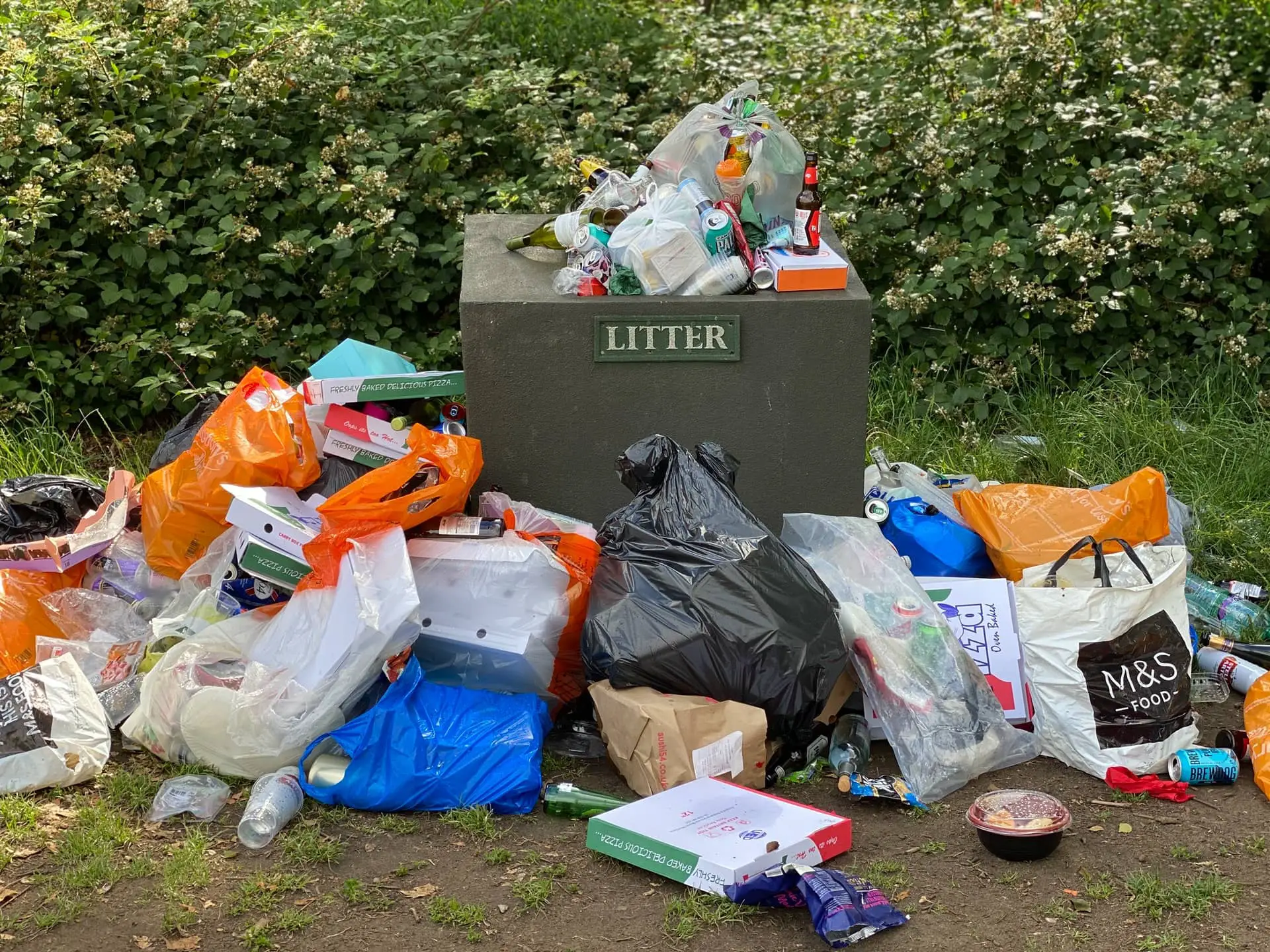Recorded fly-tipping incidents on the Isle of Wight have increased to more than 900 in the last year and the council has started fining those responsible.
Latest figures from the Isle of Wight council saw a 7.6 per cent increase in illegal dumping between April 2022 and March 2023, to 920 incidents.
It compares to 749 incidents in 2020/21 and 855 in 2021/22, but the authority still says it has one of the lowest rates of fly-tipping in the South East, according to Defra.
Fly-tipping and litter task force
The council introduced a fly-tipping and litter task force a couple of years ago, which a spokesperson said has made several recommendations the council has actioned, including making it simpler for people to report littering via a new online form.
The authority has started to crackdown on the incidents with 13 fixed penalty notices issued and paid in the last year, 14 warning letters sent, 51 investigations and 78 actions taken.
This is an improvement on previous years when no fines were issued.
Factors that skew the figures
The increase in incidents, the authority said, can be put down to several factors, with a big issue being fly-tipping in towns, not necessarily in the countryside.
This includes black bags left outside properties after collection time which happened 324 times.
The spokesperson said black bags or litter collected by picking groups are often reported as fly tips which further skews the figures.
Streamlined reporting
Another success of the task force, the council has said is the process to report a fly tip has been streamlined, reducing duplications and led to a review on how highway fly tips are investigated and partnerships which could reduce incidents.
It is currently looking at activist and enforcement interventions; tackling littering on council land; the arrangements of litter bins (numbers, locations and collections); monitoring and surveillance of hot spots.
Where incidents took place
The incidents include 754 on highways, 141 on council land and 19 on footpaths.
The rubbish dumped ranged in size from one tipper lorry load to 46 single items, 241 car boot loads and 378 small van loads.
Of the waste: 21 were animal carcasses; 36 vehicle parts; 23 white goods; two asbestos lots; four clinical; 26 construction; demolition and excavation; and two chemical drums of oil or fuels.
This article is from the BBC’s LDRS (Local Democracy Reporter Service) scheme, which News OnTheWight is taking part in. Some alterations and additions may have been made by OnTheWight. Ed
Image: john cameron under CC BY 2.0





